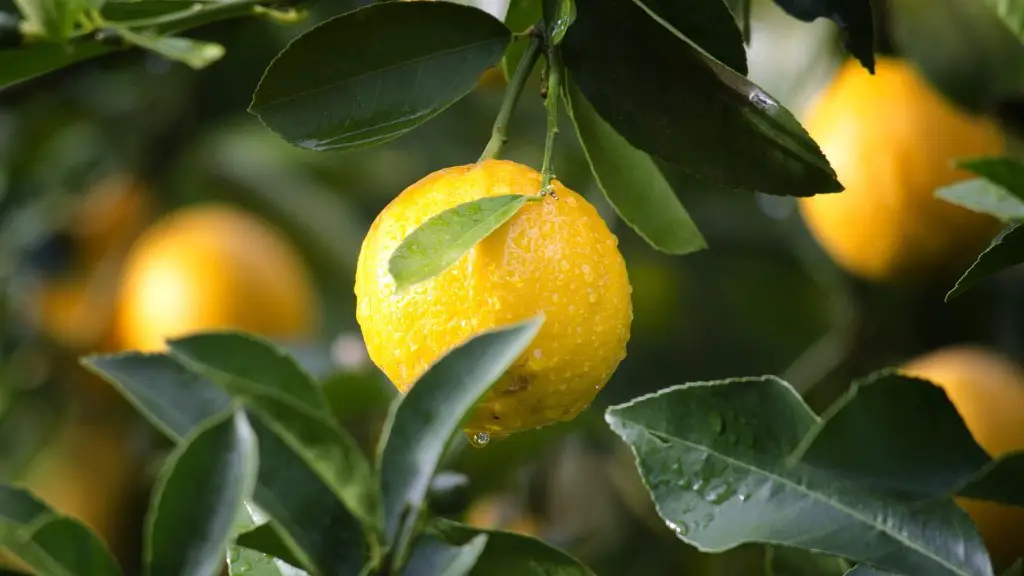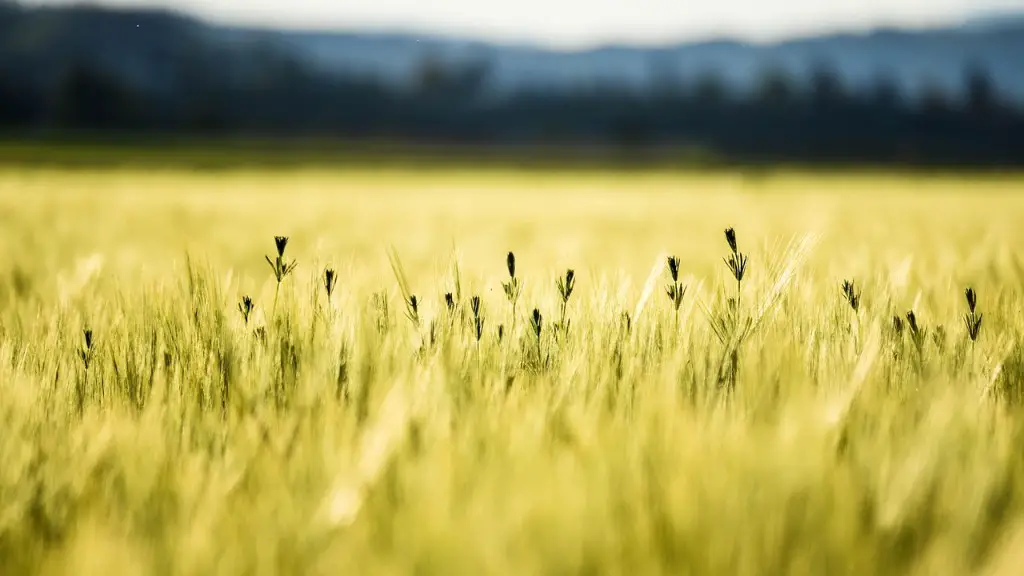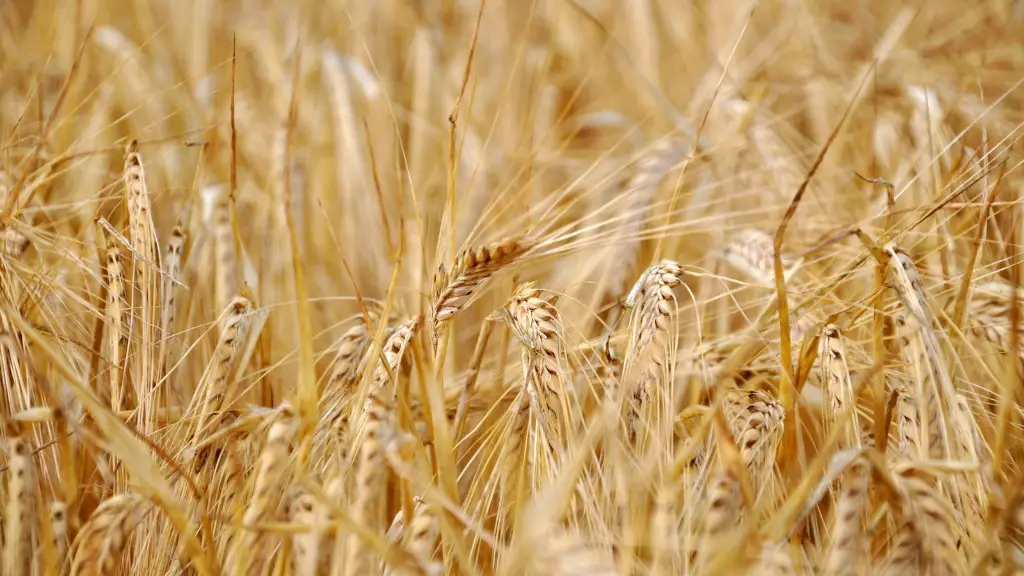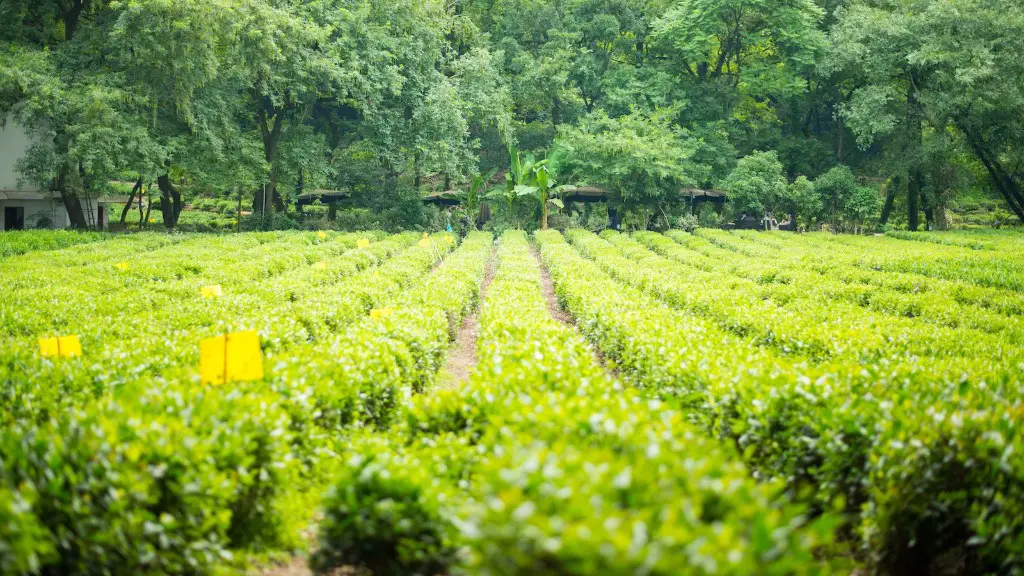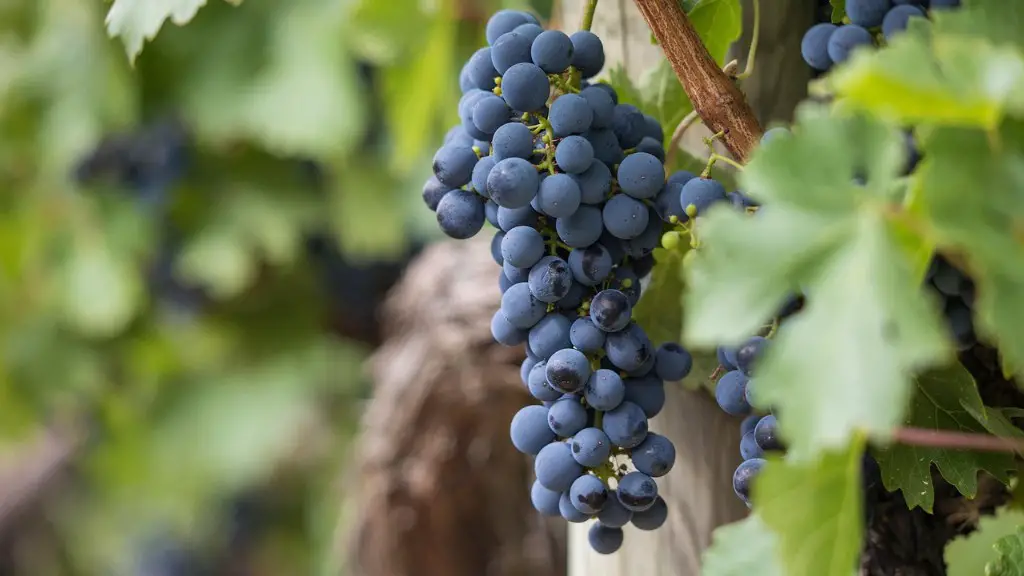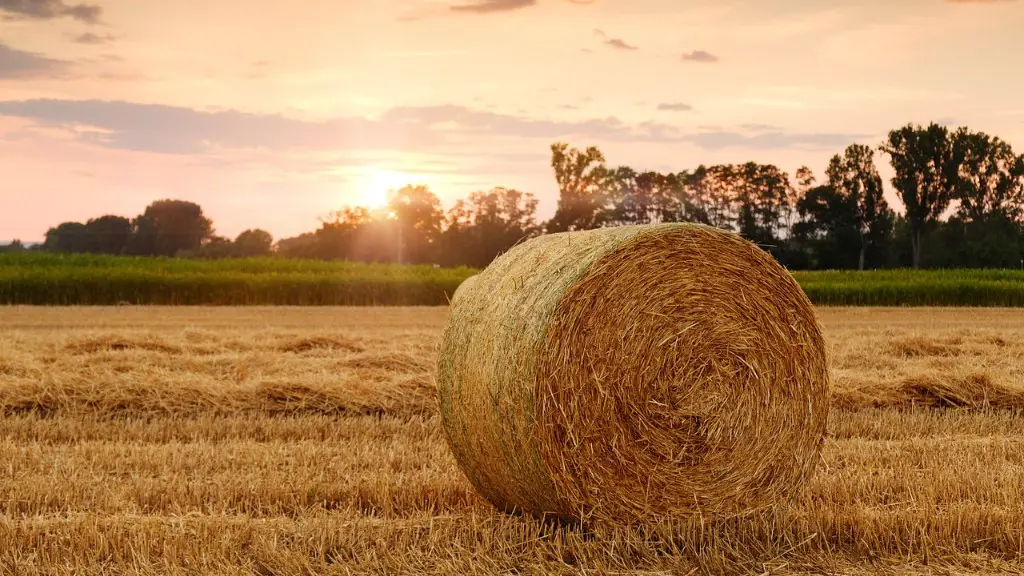Animal husbandry is the practice of keeping and breeding livestock. It can be done for profit, or for other purposes such as producing food or preserving a species.
Animal husbandry is the branch of agriculture that deals with the breeding, rearing, and management of domestic animals such as cattle, horses, sheep, pigs, and poultry.
What is the meaning for animal husbandry?
Animal husbandry is the process of raising and breeding animals for profit. Farmers who engage in animal husbandry use selective breeding to improve the genetic qualities of their animals and to produce desired behaviors. Animal husbandry is an important source of income for many farmers.
The verb “to husband” means to manage carefully. It comes from the 14th century word “husband” which meant the ownership and care of a household or farm. Today, it is used to mean the control or judicious use of resources. In agriculture, it refers to the cultivation of plants or animals.
What is an example of animal husbandry
Animal husbandry is the practice of breeding and raising domestic animals. Getting a prized cow to mate with a strong bull is an example of animal husbandry.
Agriculture is the cultivation or production of plants or animals, and the scientific control and management of a branch of farming and especially of domestic animals. The control or judicious use of resources is essential to agriculture, and conservation is a critical part of agricultural management.
What are the four types of animal husbandry?
Animal husbandry is the process of breeding, raising, and caring for animals. There are many different types of animal husbandry, each with its own set of benefits and challenges.
Cattle farming is one of the most common types of animal husbandry. Cattle can be used for milk production or for agricultural tasks like ploughing and irrigation. Poultry farming is another common type of animal husbandry. Poultry refers to the farming of domesticated birds for food (meat or eggs). Fish farming is another type of animal husbandry that can be used to produce food or to support local ecosystems. Beekeeping is another type of animal husbandry that is used to produce honey and other products.
Livestock are domesticated animals that are raised in an agricultural setting. Animal husbandry is the breeding, raising, and management of these animals. Livestock are typically used for food or other products, such as leather or wool. Animal husbandry is a vital part of agriculture and helps to ensure that there is a consistent supply of animals for these purposes.
What is another name for animal husbandry?
Animal husbandry is another word for livestock farming. livestock farming is the process of raising animals for meat, milk, or other products.
Animal husbandry is the branch of agriculture that deals with the raising of livestock for the purpose of producing meat, milk, fiber, and other products. It can be done through different methods, such as selective breeding and raising of livestock.
What is all included in animal husbandry
Animal husbandry is the practice of raising animals for meat, fiber, milk, eggs, or other products. It includes the day-to-day care of animals, as well as selective breeding and raising of livestock. Animal husbandry is an important part of agriculture, and plays a significant role in the food industry.
The mixed production system is the most common, where livestock is kept alongside crops. This system is mostly seen in small-scale farming.
The intensive farming system is where livestock are kept in large numbers and are given less space. This system is mostly seen in large-scale farming.
The extensive production system is where livestock are given a lot of space and are not kept in large numbers. This system is mostly seen in pastoralism.
Why do people do animal husbandry?
Animal husbandry has been an important part of human society for centuries, and continues to play a significant role in many cultures today. There are a variety of different purposes for keeping animals, and husbandry practices vary widely between cultures and even between different families or individuals within the same culture. In some cases, animal husbandry may be primarily for food production, while in others it may be primarily for companionship or other non-food purposes.
The specific types of animals kept and the husbandry practices used will also vary depending on the climate and local resources available. In warmer climates, for instance, sheep and goats are commonly kept, while in colder climates, larger animals such as cows and pigs are more common. Husbandry practices also vary in terms of how intensively the animals are managed; in some cases, they may be allowed to roam freely, while in others they may be kept in pens or other enclosures.
Regardless of the specifics, animal husbandry requires a significant amount of time and effort to ensure that the animals are healthy and well-cared for. This includes providing them with food and water, shelter, and veterinary care as needed. It is also important to monitor the animals for signs of illness or injury and to take steps to
Animal husbandry practices provide many benefits to farmers. These benefits include the improvement of breeds, increases in yields of milk, meat, and eggs, and the proper management of animals through providing them with good food, shelter, and protection against diseases. Animal husbandry practices help farmers to improve the overall health and productivity of their animals, which leads to greater profits and a higher standard of living.
Which is the biggest animal husbandry farm
Mathigiri cattle farm and district livestock centre near Hosur in Krishnagiri district in 1200 acres is Asia’s largest cattle farm. This farm has been set up to provide better quality cattle to the farmers of Tamil Nadu. The farm has a wide variety of cattle, including exotic breeds from Australia, New Zealand, and the United States. The farm also has a district livestock centre, which provides a variety of services to the farmers, including cattle breeding, health care, and training.
Animal cruelty is a serious problem that often goes unnoticed. Manyfarm animals are mistreated and live in unsatisfactory conditions. Misfeeds, overcrowding, and unsanitary conditions are just some of the ways animals are mistreated.forcer vaccinations and growth hormones are also common, despite the fact that they may be harmful to the animals.
Does animal husbandry include horses?
The husbandry of domestic livestock is the care and management of animals raised for home use or consumption. This includes the breeding, feeding, raising, and housing of these animals. Any sales of these animals or their products are minor and incidental.
Animal husbandry is the science of farming animal livestock. It includes caring for, breeding, and managing livestock. Animal husbandry is a large-scale business where animals that provide us with food are reared, bred, sheltered, and cared for in a farm or in regions that are specially built for them.
Final Words
Animal husbandry is the branch of agriculture that deals with the production and management of animals for economic purposes. It includes the care and breeding of livestock, as well as the production of dairy products, eggs, and meat. Animal husbandry is an important part of the agricultural industry and plays a vital role in food production.
Animal husbandry is a branch of agriculture that deals with the breeding, care, and management of farm animals. It includes the raising of cattle, pigs, sheep, and other livestock for meat, milk, eggs, and fiber. Animal husbandry also encompasses the management of wildlife, such as deer and game birds, for hunting, fishing, and other recreational purposes.
